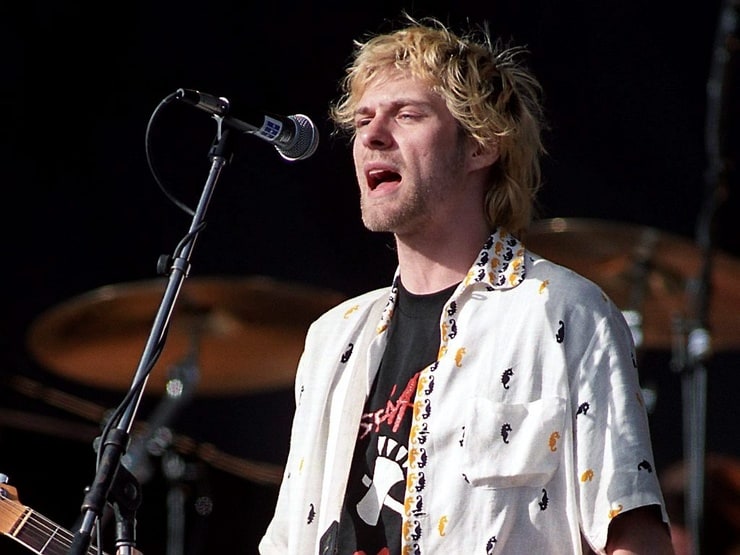

Cobain would not be styled in any clothes but his own. Linett, now a creative consultant, was the fashion editor of Sassy magazine for the famous Kurt and Courtney cover shoot. In Cross’s book, the Details editor who put Nirvana on the magazine’s cover says that, “grunge is about not making a statement, which is why it’s crazy for it to become a fashion statement.” Andrea Linett adds to this, observing that grunge wasn’t about the style of clothes, but about the styling approach. The how things are worn, not the what that they are.


It’s anti-fashion (ssh, don’t tell the LVMH shareholders) and worse, a reminder of poverty (downer!), because it’s an approach to wearing the things in one’s closet. Real, lowercase-g grunge is not good for capital-f Fashion. Bruce Springsteen’s white T-shirt, bandana and 501s might know a little something about that recurring appeal: A few years ago, a reprise of workwear was dandified and billed as heritage menswear currently, the Normcore trend appropriates everyday jeans and tees.Ī 1992 feature in Vogue was one of the first magazines to use the word grunge in a fashion context, and became just another cultural moment in the history of sulky teens (1960s Youthquake, 1970s punk) to mis-remember and commodify. They happen to resonate as the modest, everyday emblems of an honest day’s blue-collar work. mixed and layered, chosen for no other reason that they were the ones at hand. There is undeniably something about the nature of the inexpensive materials - denim, flannel, canvas plimsolls - that Cobain and co. Using fashion-speak, the author explains the fluke of what’s known as “the colour spectrum of Grunge fashion” (his eyes practically roll off the page), derived from available colours of $10 flannel shirts from the Olympia.īut had Nirvana been poor and hungry musicians who happened to live in Maui or Nashville, would anyone have worn tropical board shorts and Stetsons? Article content HandoutĬross quotes Jean Paul Gaultier, who called grunge, “nothing more than the way we dress when we have no money.” The designer didn’t necessarily mean that as a compliment, but it’s true Cobain also wore layers, he says, to camouflage his thinness. This advertisement has not loaded yet, but your article continues below. The dishevelled bed-head was because he couldn’t afford shampoo so washed his hair with cheap cake soap. Not Seattle-hipster-skint-that-can-still-afford-a-daily-Starbucks destitute, but really and truly poor. The frayed and threadbare jeans over long underwear weren’t by design, just that Cobain wore through his clothes since he was destitute for most of his adult life. The T-shirt over long sleeves under plaid flannel shirts and fuzzy grandpa cardigan? To keep warm. Growing up in Aberdeen, Wash., Cobain was a sickly, skinny child, and even as an adult, was never not cold.
#KURT COBAIN MACKUP MOVIE#
(If at all, that part came later.)Īs that first Twilight movie evokes so well, the Pacific Northwest is a perennially damp and bone-chilling place. Article contentĪs a fashion trend, it arrived on the heels of Fabulous Nobodies, Lee Tulloch’s scathing satirical novel of late-’80s New York fashion label fetish and excess, but for Cobain it was by necessity, not philosophy.


 0 kommentar(er)
0 kommentar(er)
